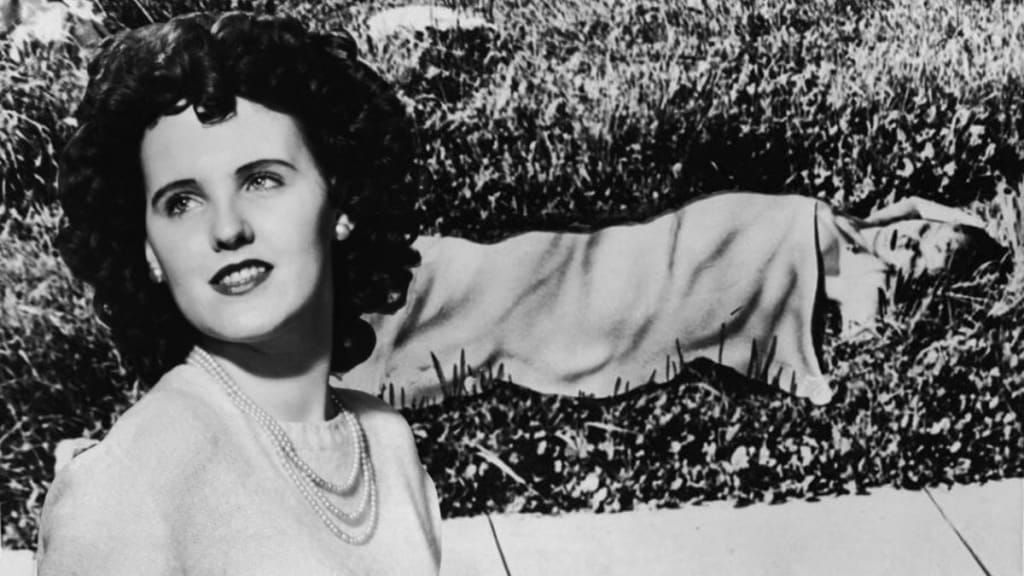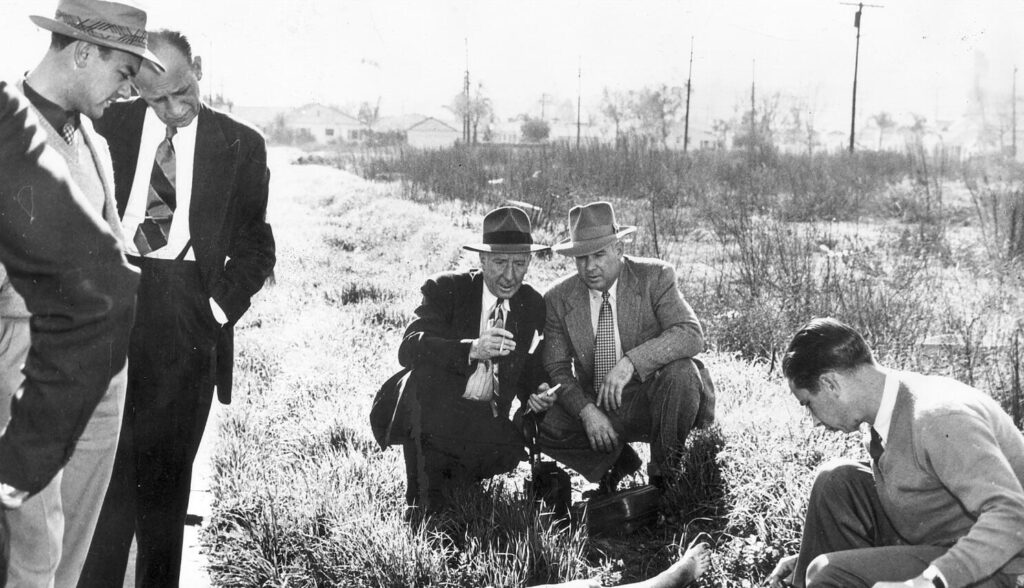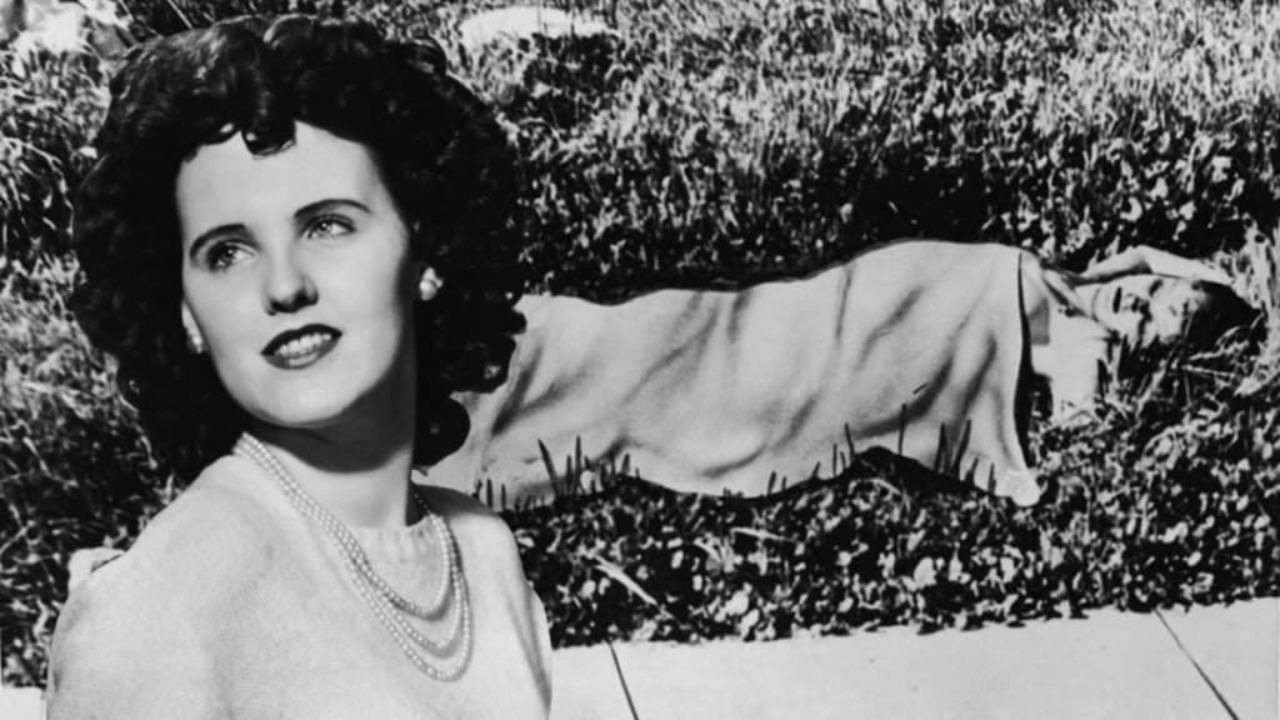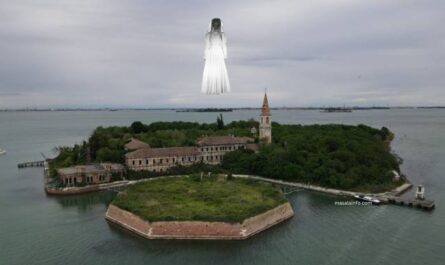“The Black Dahlia Murder”
The murder of Elizabeth Short, popularly known as the “Black Dahlia,” is one of America’s most horrifying and unsolved cases. The gruesome murder, outdated theories, and intense media coverage of the case have kept the case an enigma for true crime enthusiasts, historians, and investigators for decades. But why does the Black Dahlia murder remain as mysterious and terrifying as it is today?
Let’s explore aspects of this unsolved case, where we will examine the crime scene, discuss theories about the Black Dahlia murder, and look at the investigation and the list of suspects to see why the case remains so mysterious and terrifying today.

Who was Elizabeth Short?
Born on July 29, 1924, in Boston, Massachusetts, Elizabeth Short came to Los Angeles in search of a better future in life. She was often described as beautiful and charming. Elizabeth dreamed of acting and stardom, but despite this, she never received any significant roles or credits. Gradually, her life became an example of a horror story in which glamour and tragedy were intertwined.
Elizabeth got the name “The Black Dahlia” from the 1946 film “The Blue Dahlia”. Her black hair and habit of wearing black clothes gave rise to this name, but later the media made her life very sensational.
Discovery of Elizabeth Short’s body
On the morning of January 15, 1947, Elizabeth Short’s horrific and ugly corpse was found in Leimert Park, Los Angeles. Betty Bersinger, who was passing by, Initially thought the body looked like a horrible doll.. Her body was decapitated from the waist down using a medical technique, hemicorporectomy. This led to speculation that the killer probably had knowledge of medicine.
The crime scene of the Black Dahlia murder was extremely horrible. Short’s body had been drained of blood, so her skin had turned completely yellow. She had wounds on her face that extended from the corner of her face to her ears, which looked like a grim Glasgow smile. In addition, there were signs of torture, such as ligature marks on her wrists and ankles. The coroner later determined that her death was caused by blunt force trauma and that the marks on her face were the result of excessive bleeding.
Why did this murder attract media attention?
In addition to being such a horrific crime, Elizabeth Short’s simple and tragic personality immediately attracted people. The media sensationalized her story, and often portrayed her as an aspiring actress with a dark past. Some even said that she was involved in prostitution, but no evidence of this was found.
The constant media coverage of the case greatly affected public perception. The contrast between Elizabeth’s glamorous image and the brutality of her death not only horrified people but also attracted them to the case.
The role of the media
The huge amount of media coverage around the Black Dahlia murder had two consequences. On the one hand, it sparked public interest and kept the matter in the news. On the other hand, hyped reports harmed the inquiry significantly. The Los Angeles Examiner and other publications linked Elizabeth’s death to her mother, who had fallen victim to a false “beauty contest” fraud. This segment demonstrates to what lengths media outlets will go to gain public attention.

Black Dahlia Murder Investigation Highlights
Initial Investigation:
The investigation into Elizabeth Short’s murder began with tremendous resources and efforts, with over 750 LAPD(Los Angeles Police Department) investigators, media professionals, and volunteers working on the case. But it was soon realized that the case was not going to be solved easily.
Problems:
A list of several suspects was drawn up, including Dr. George Hodel, a doctor with excellent medical knowledge and strange behavior. Leslie Dillon, a bellhop and aspiring writer, was also made a suspect, as mentioned in Pew Eatwell’s book Black Dahlia, Red Rose.
Crime Scene Facts:
Very little evidence was found at the crime scene. After the murder, the Los Angeles Examiner was given a manila envelope sent by the killer. The envelope contained Elizabeth’s birth certificate, photographs, and an address book. But due to mishandling, the fingerprints found on the envelope were rendered useless.
False confessions:
Over the years, more than 500 people have made false confessions about the Black Dahlia murder case. Many people wanted attention or suffered from mental illness, adding confusion and difficulties to the case.
Investigative difficulties:
The LAPD faced many difficulties, including inconsistent witness reports, contamination of evidence, and media interference. The investigation was made difficult by an overemphasis on Elizabeth’s private life rather than objective clues.
Timeline and public reactions:
In the late 1940s, post-World War II society underwent significant changes. Los Angeles became a symbol of ambition and glamour with its booming entertainment industry. The Black Dahlia case, with its Hollywood-style mystery, perfectly reflects the struggles, dreams, and dark underbelly of that era. The media’s sensational coverage amused and delighted the public.
The Legacy of the Black Dahlia in Popular Culture:
The horrific story of the Black Dahlia murder case inspired numerous books, films, and television shows. James Ellroy’s 1987 novel The Black Dahlia and the 2006 film adaptation directed by Brian De Palma brought the case back into the cultural discussion. Similarly, true crime documentaries and podcasts continue to examine the case today, reflecting our continued obsession with mystery and tragedy.
Why the Black Dahlia Case Is Still Unsolved:
There are a few reasons why the Black Dahlia murder remains an unsolved case:
Evidence management issues: In the first investigations, forensic techniques and preservation methods were not as advanced as today, making it difficult to preserve crucial evidence.
Media interference: Sensationalist media coverage spread misinformation, distracted investigators, and created dead-end leads.
Too many suspects: Sorting through hundreds of suspects and working with limited investigative resources became too challenging for the LAPD.
Knowing the Killer: The nature of the crime was so calculated and carefully executed that it suggests the killer had medical or forensic expertise, which may have helped him avoid being caught.
Society’s Fascination to the Black Dahlia:
People’s obsession with the Black Dahlia case shows how fascinated we are in society with unsolved crimes. Stories of mystery, scandal, and tragic nature capture our imagination. Also, the way Elizabeth Short was portrayed in the media reflects the social norms of the 1940s, where young, beautiful, independent women were often scorned or looked upon with pity, especially when they faced tragedy.
Mysterious Mystery:
Even after 78 years, the Black Dahlia case remains a source of mystery for true crime enthusiasts and criminologists. The shocking nature of the crime and the media circus that followed the investigation have made Elizabeth Short’s story permanent in American cultural history. Even though we don’t know the killer’s real name, this case brings to mind the complexities of human nature, the limits of media sensationalism, and advances in forensic science. Will new investigative techniques or renewed interest solve this case? Only time will tell.
Also Read: General Sherman Tree: Largest living Tree.?
For More Updates Please Join :Facebook
हिंदी में पढ़ने के लिए : ब्लैक डाहलिया मर्डर: 78 साल बाद भी अनसुलझा रहस्य क्यों डराता है?




2 thoughts on “The Haunting Black Dahlia Murder Case”